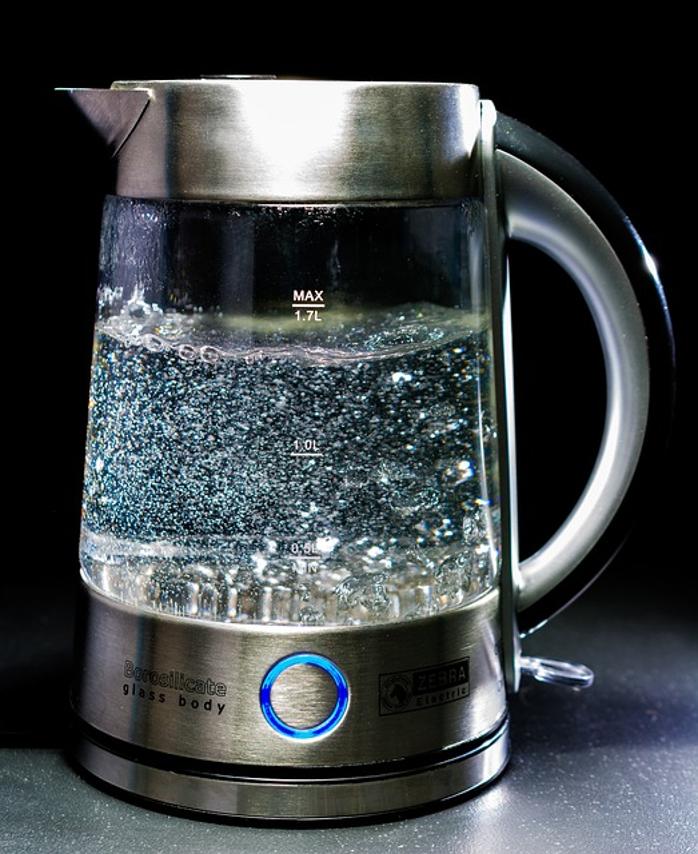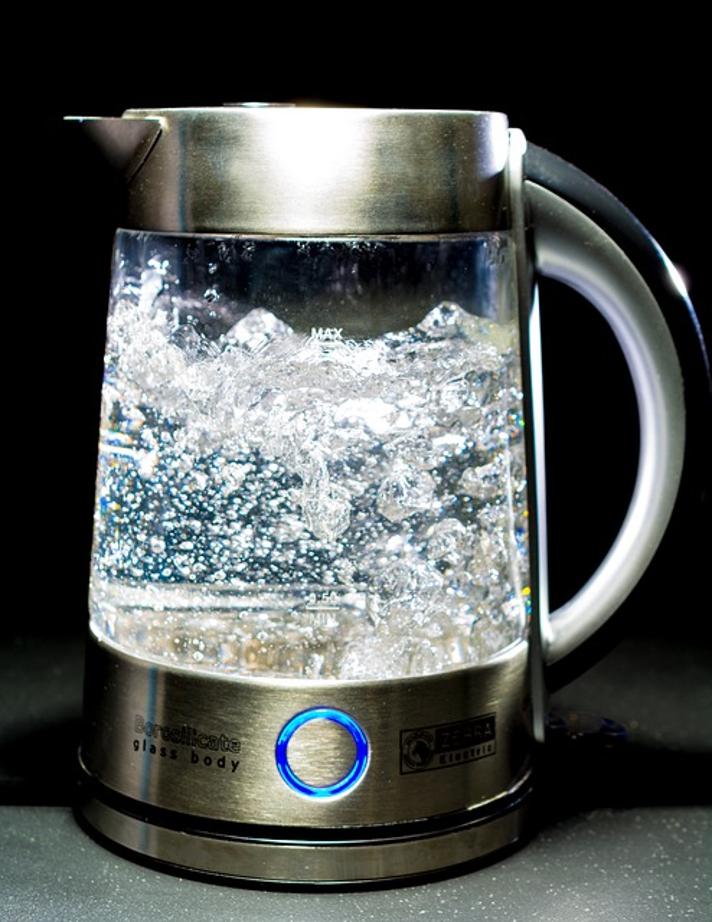How to Fix a Gas Water Heater
Introduction
Gas water heaters are an essential household appliance, providing warm water for various daily activities. When they malfunction, it can disrupt your routine and become a significant inconvenience. Learning how to fix a gas water heater yourself can save you time and money. This comprehensive guide covers common issues, safety precautions, and a step-by-step repair guide to get your gas water heater back in working condition. Whether you’re a DIY enthusiast or someone looking for quick fixes, this article will provide you with the knowledge you need.

Understanding Your Gas Water Heater
Before diving into repairs, it’s crucial to understand the basic components of your gas water heater. A standard gas water heater consists of a tank, burner, thermostat, and various pipes and valves. The gas burner, located at the bottom of the tank, heats the water, which rises to the top as it becomes hotter. The thermostat regulates the temperature of the water, ensuring it remains at your desired level. Familiarizing yourself with these components will make it easier to diagnose and fix problems as they arise.
Understanding how your gas water heater functions is a critical first step. Now that you have a basic understanding of its components, let’s discuss the necessary safety precautions before you start any repair work.

Safety Precautions Before You Start
Safety should always be your top priority when handling gas appliances. Before you begin repairing your gas water heater, take the following precautions:
- Turn Off the Gas Supply: Locate the gas shut-off valve and turn it off to prevent gas leaks.
- Turn Off the Water Supply: Shut off the cold water supply to the heater to avoid water damage.
- Ventilate the Area: Ensure the area is well-ventilated to avoid the buildup of gas fumes.
- Use Protective Gear: Wear gloves and safety goggles to protect yourself from scalding water and sharp objects.
Taking these steps will help you avoid accidents and ensure a safe working environment.
With safety measures in place, you’re ready to tackle some of the common problems that may arise with your gas water heater.
Common Problems and Solutions
No Hot Water
One of the most common issues with gas water heaters is the complete absence of hot water. This problem could stem from various causes:
- Pilot Light Issues: If the pilot light is out, the burner won’t ignite. Check if the pilot light is lit. If it’s not, try relighting it according to the manufacturer’s instructions.
- Thermocouple Problems: A faulty thermocouple can prevent the pilot light from staying lit. Inspect the thermocouple and replace it if necessary.
- Gas Supply Issues: Ensure that the gas supply is on and that there’s no disruption in service. Check for any visible damage to the gas lines.
Insufficient Hot Water
If your heater produces some hot water but not enough, several factors could be at play:
- Thermostat Settings: Verify that the thermostat is set to an appropriate temperature. Sometimes, adjusting the settings can solve the problem.
- Tank Size: Your water heater might be too small for your household’s needs. Consider upgrading to a larger unit if this is a recurring issue.
- Sediment Buildup: Sediment can accumulate at the bottom of the tank, reducing efficiency. Flushing the tank can often restore its heating capacity.
Rust-Colored Water
Rust-colored water indicates corrosion inside the tank or the pipes:
- Anode Rod Issues: The anode rod protects the tank from rusting. If it’s worn out, replace it to prevent further corrosion.
- Tank Corrosion: If the tank itself is corroded, it may be time for a replacement. Consult a professional for an accurate assessment.
Strange Noises
Unusual noises, such as banging or popping sounds, can be alarming:
- Sediment Buildup: Sediment at the bottom of the tank can cause noise as it heats and moves around. Flushing the tank might resolve this issue.
- Loose Components: Check for any loose components that might be causing the noise and tighten them as needed.
Having understood some of the frequent issues and their solutions, let’s move on to a detailed, step-by-step repair guide.
Step-by-Step Repair Guide
If your gas water heater is experiencing issues, follow this step-by-step guide to troubleshoot and fix the problem:
- Identify the Problem: Use the common problems section above to diagnose the issue.
- Turn Off Power and Gas: Ensure both the power (if applicable) and gas supply are turned off.
- Drain the Tank: Attach a hose to the tank’s drain valve and empty the tank to prevent water damage during repairs.
- Remove the Access Panel: Open the access panel to access the burner and thermostat.
- Inspect Components: Check the pilot light, thermocouple, and thermostat for any visible issues.
- Replace Faulty Parts: Replace any defective parts, following the manufacturer’s instructions.
- Reassemble and Refill: Put the access panel back in place, turn the water supply back on, and refill the tank.
- Relight the Pilot Light: Follow the guidelines to safely relight the pilot light.
- Test the Heater: Turn the gas back on and test the heater to ensure everything is working correctly.
Following these steps should help you fix most common issues with your gas water heater.
While several issues can be easily resolved with these DIY steps, some situations require professional intervention. Let’s discuss when it’s time to call in the experts.
When to Call a Professional
While many gas water heater issues can be resolved with DIY methods, some situations require professional intervention. If you encounter any of the following, it’s best to call a professional:
- Gas Leaks: If you smell gas or suspect a leak, evacuate the area and call a professional immediately.
- Complex Repairs: If the repair involves complex components or electrical work, it’s safer to consult an expert.
- Repeated Issues: If your water heater has recurring problems despite repairs, it may require a thorough inspection by a professional.
Calling a professional ensures that your water heater is repaired correctly and safely.
To avoid many common issues, regular maintenance is crucial. Here are some preventative maintenance tips to keep your gas water heater running efficiently.
Preventative Maintenance Tips
Regular maintenance can extend the life of your gas water heater and prevent common issues:
- Annual Inspection: Have your heater inspected annually by a professional to catch any potential problems early.
- Flush the Tank: Flush the tank every six months to remove sediment buildup.
- Check the Anode Rod: Inspect the anode rod every year and replace it if necessary to prevent corrosion.
- Adjust the Thermostat: Keep the thermostat at a safe temperature (usually around 120°F) to avoid scalding and reduce energy consumption.
These maintenance tips will help keep your gas water heater running efficiently.

Conclusion
Knowing how to fix a gas water heater can save you from uncomfortable cold showers and costly repairs. By understanding common issues, taking safety precautions, and following a methodical approach to repairs, you can keep your gas water heater in optimal condition.
Frequently Asked Questions
How often should I inspect my gas water heater?
Inspect your gas water heater at least once a year to ensure all components function correctly and to catch any potential issues early.
What are the signs that my gas water heater needs replacement?
Signs include frequent repairs, a leaking tank, sediment buildup, and inconsistent water temperature. If your heater is over 10-15 years old, consider a replacement.
Can I fix a gas water heater myself, or should I always call a professional?
Many minor issues can be fixed with DIY methods. However, for complex repairs, gas leaks, or recurring problems, it’s safer to call a professional.

